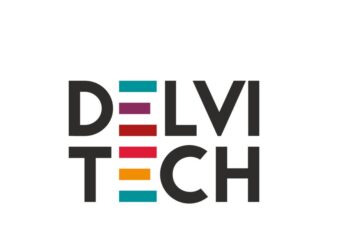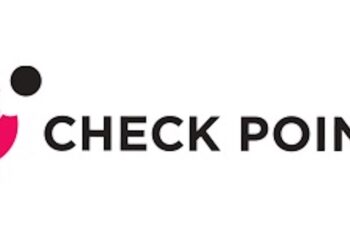Pandemic outbreaks transform the way we work. Initially, the organization enabled the remote work model, which is now rapidly shifting the momentum toward the hybrid workplace model, a combination of working remotely and office. The hybrid workplace model has become a new normal and will lead to business model transformation. It has also been learned from almost 18 months of telecommuting experiences and not fully returning to the office.
Yes, it’s challenging to manage at times, but there are pros, like improving productivity and flexibility. According to the LinkedIn survey, “Future of Work”, Indian professionals believe the “hybrid workplace model” is the perfect way to balance personal and professional lives. Nearly 9 in 10 people think hybrid work culture positively impacts work-life balance. 48% said that it gives them enough time and energy to focus effectively on both.
As per INSEAD’s Haas and Mark Mortensen (Organizational Behavior Professor), “The rewards of remote work are indeed substantial”. Employees are happier because of the flexibility and aren’t slacking off because they’re at home. And moreover, digital tools are easy to adapt to support remote work.
He also insists on risks that need to be managed carefully in hybrid models, such as being partial or power differential created when some employees work from home while others work from the office. The hybrid workplace model allows employees to visit the office whenever they want.
There are challenges to enabling a hybrid workplace like additional resources management, technologies, network time management etc. When the pandemic hit, companies allowed remote working to their employees, due to uncertainty, many companies completely vacated the office, while many organizations installed official systems and related technologies at employees remote working locations, now with hybrid work, they have to manage resources, network, technology, systems in the office and at employees remote woking location too.
A power differential can happen for many reasons, such as employees who stay close can come to the office and use available resources and show their competence. At the same time, people working from home may struggle with both personal and technical connections.
Every organization needs to invest in a plan which includes new policy, physical space, and technology to bridge the physical and digital worlds.
To enhance productivity, companies need to check with their employees- how they want to work, remotely or from the office? Accordingly, find the answer to formulate a plan. According to a recent Atlassian survey, approx 94% of Indian employees feel well-prepared to continue remote working.
Will the hybrid systems stay?
The pandemic has not finished yet; for our safety, it is not advisable to unnecessarily walk into public palaces, use public convence, go into crowded areas etc. The hybrid workplace systems will be there for some time but whether it will become a permanent part of work culture in the future is the million-dollar question. Some companies may find it profitable due to reduced office expenses while others might think innovation, creativity, and collaboration are only possible when everyone is around.
● 70% of employees think remote work should continue.
● Over 65% need more in-person time with their team members.
● 66% of companies are redesigning office space to accommodate hybrid work culture.
Satya Nadella, CEO at Microsoft, says, “It is extremely important to ensure employees are given the flexibility to work when and where they want, along with the tools and resources which are needed to equally contribute from wherever they happen to be”.
Over the past year, work culture has undergone rapid transformation. As a result, there is a need to define productivity inclusive of collaboration, learning, and well-being, keeping in mind the major driving factor, “flexibility”. It is clear, “extreme flexibility and hybrid work” will be the new norm after the post-pandemic.























